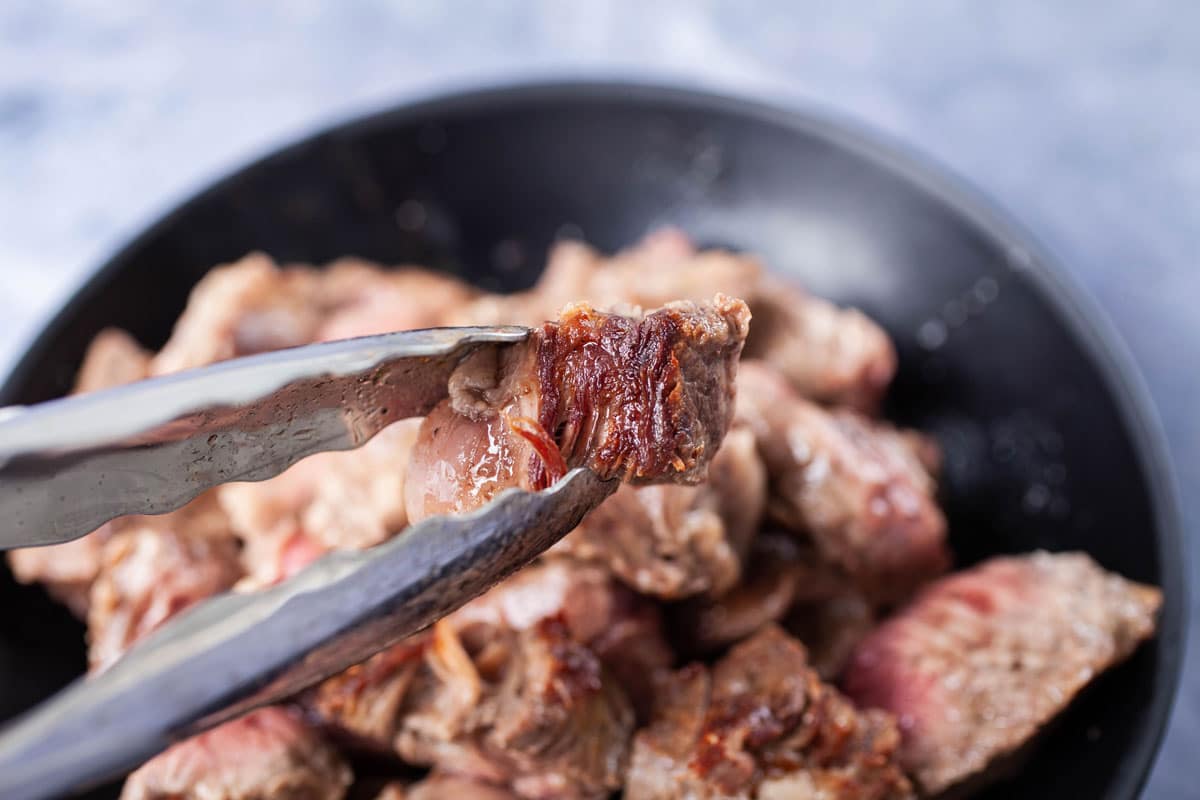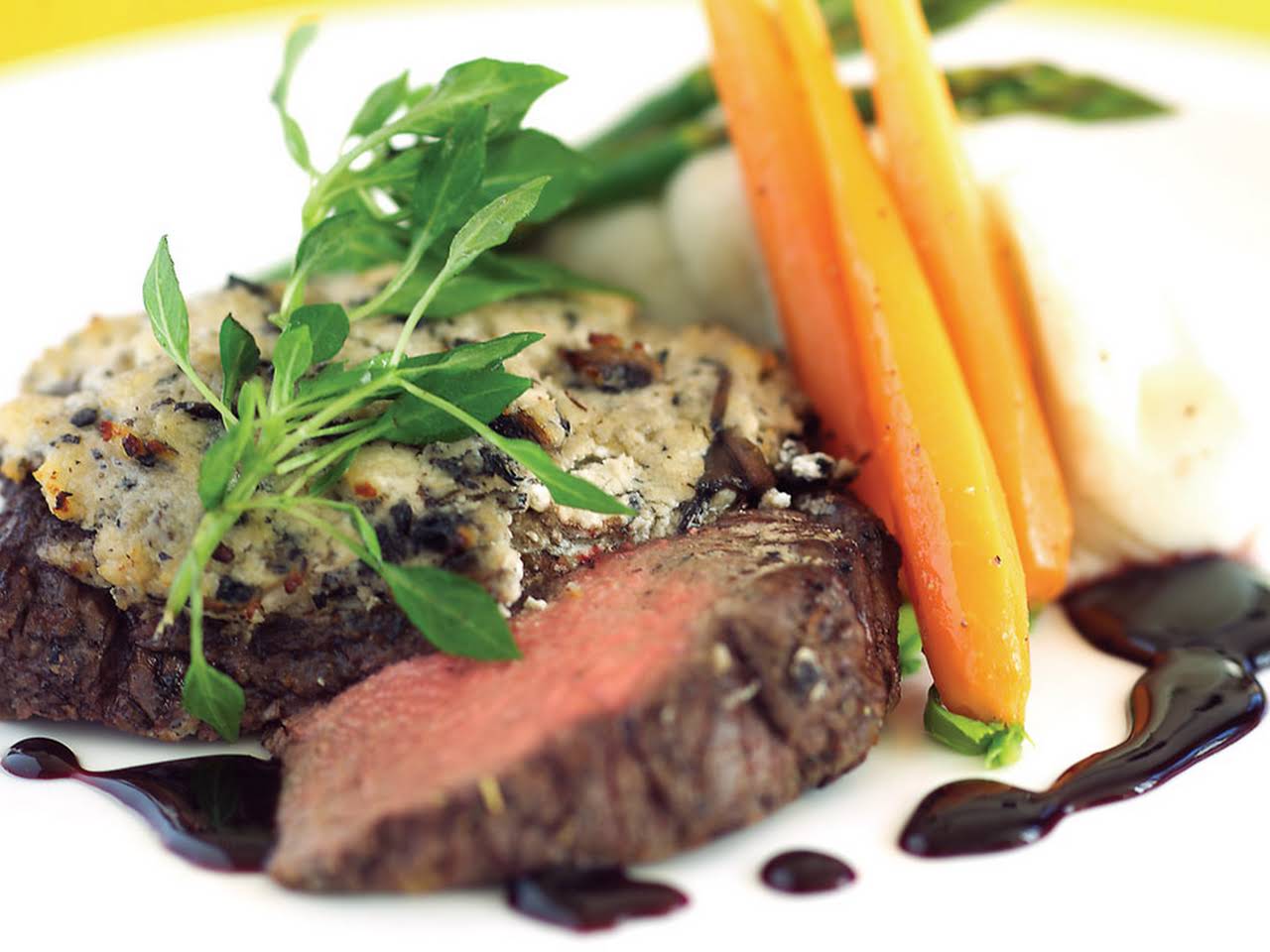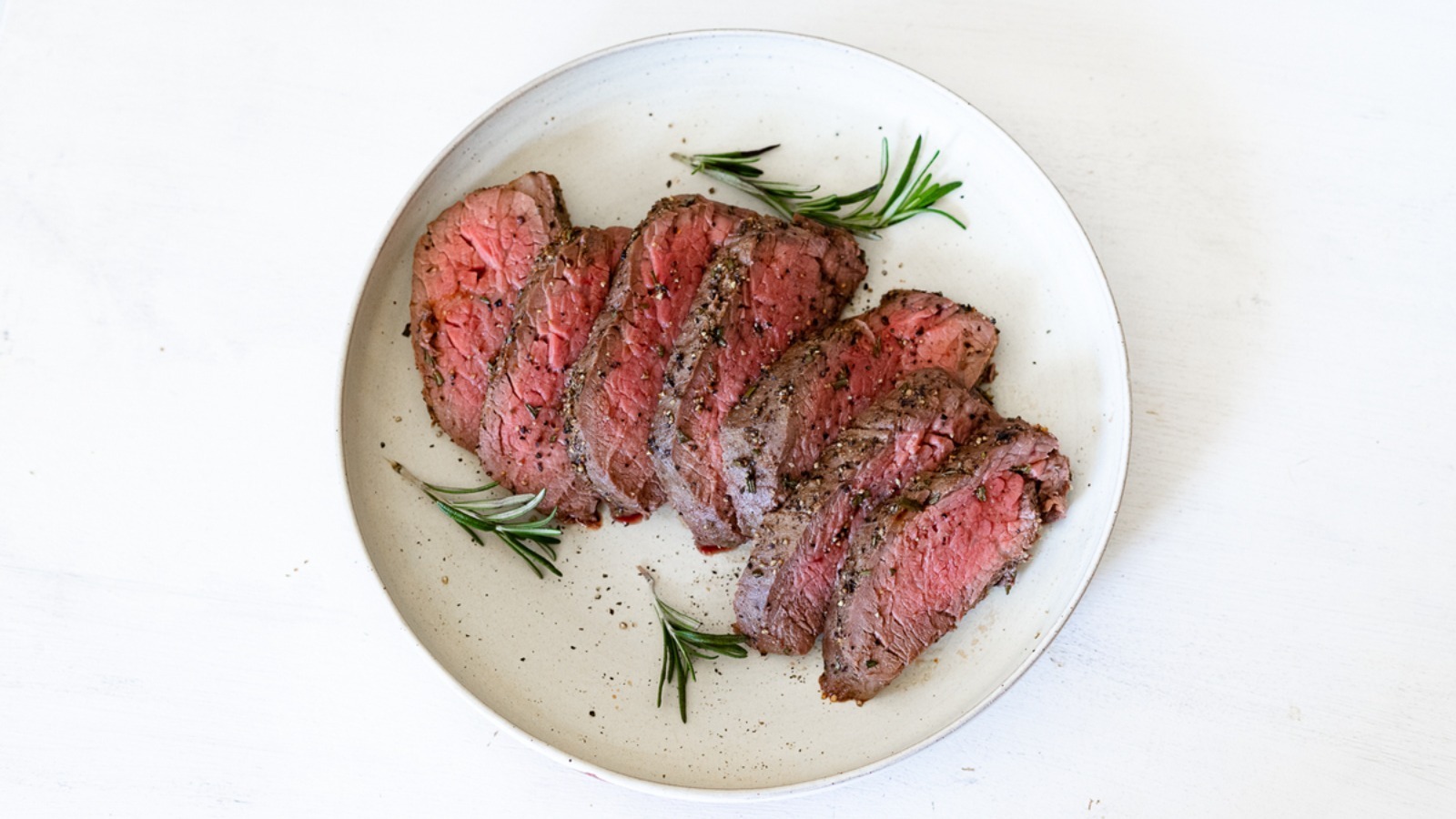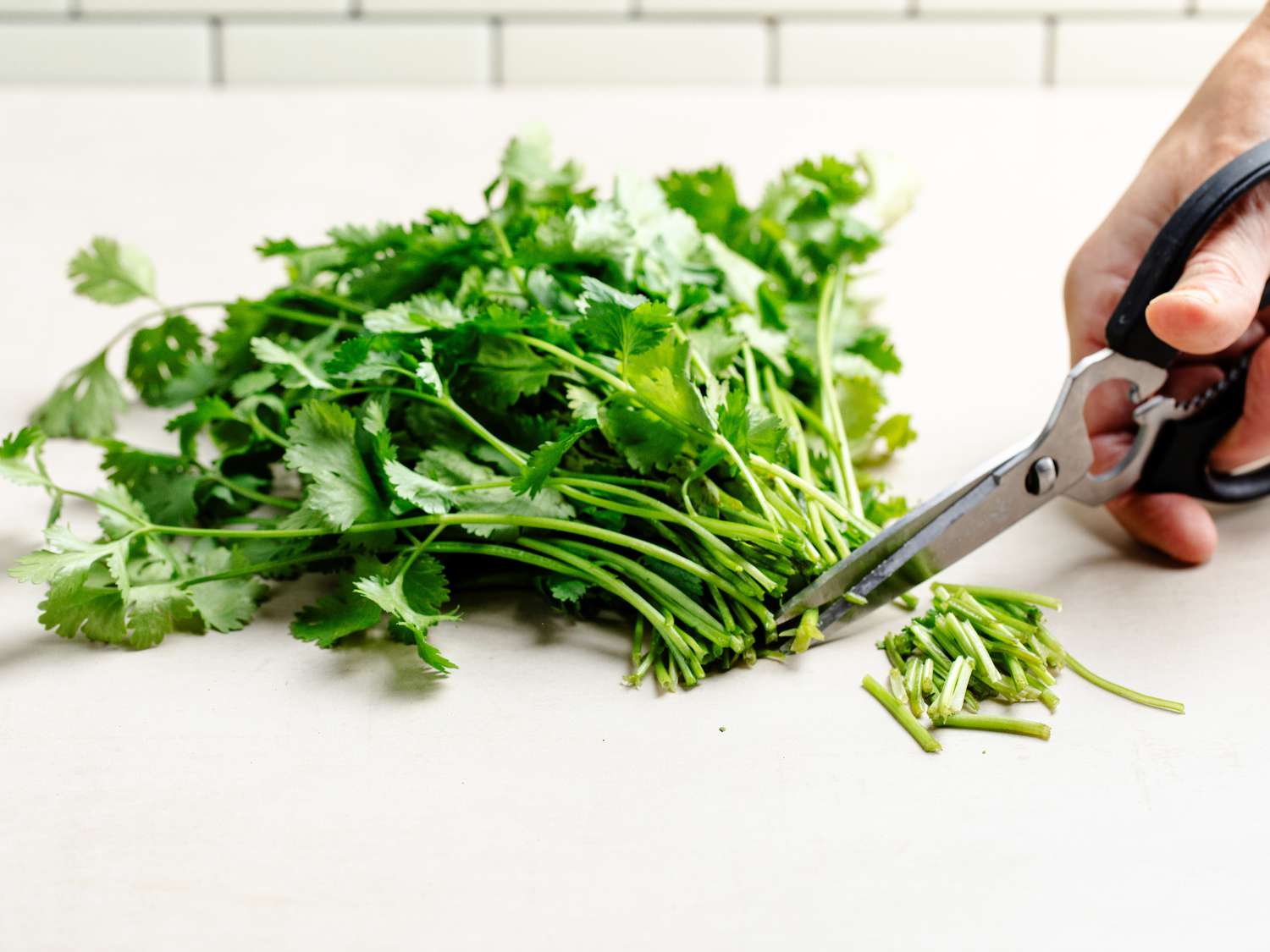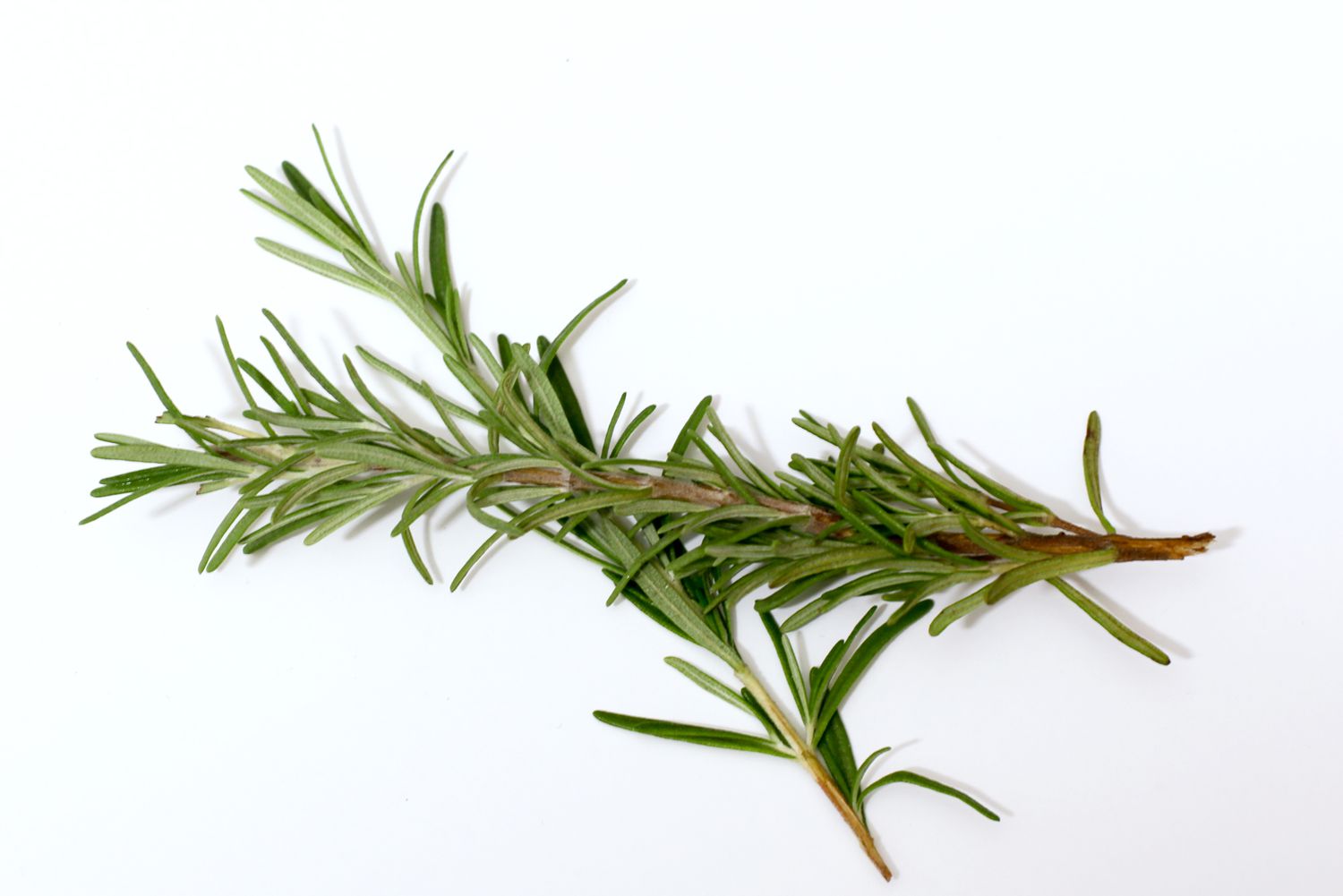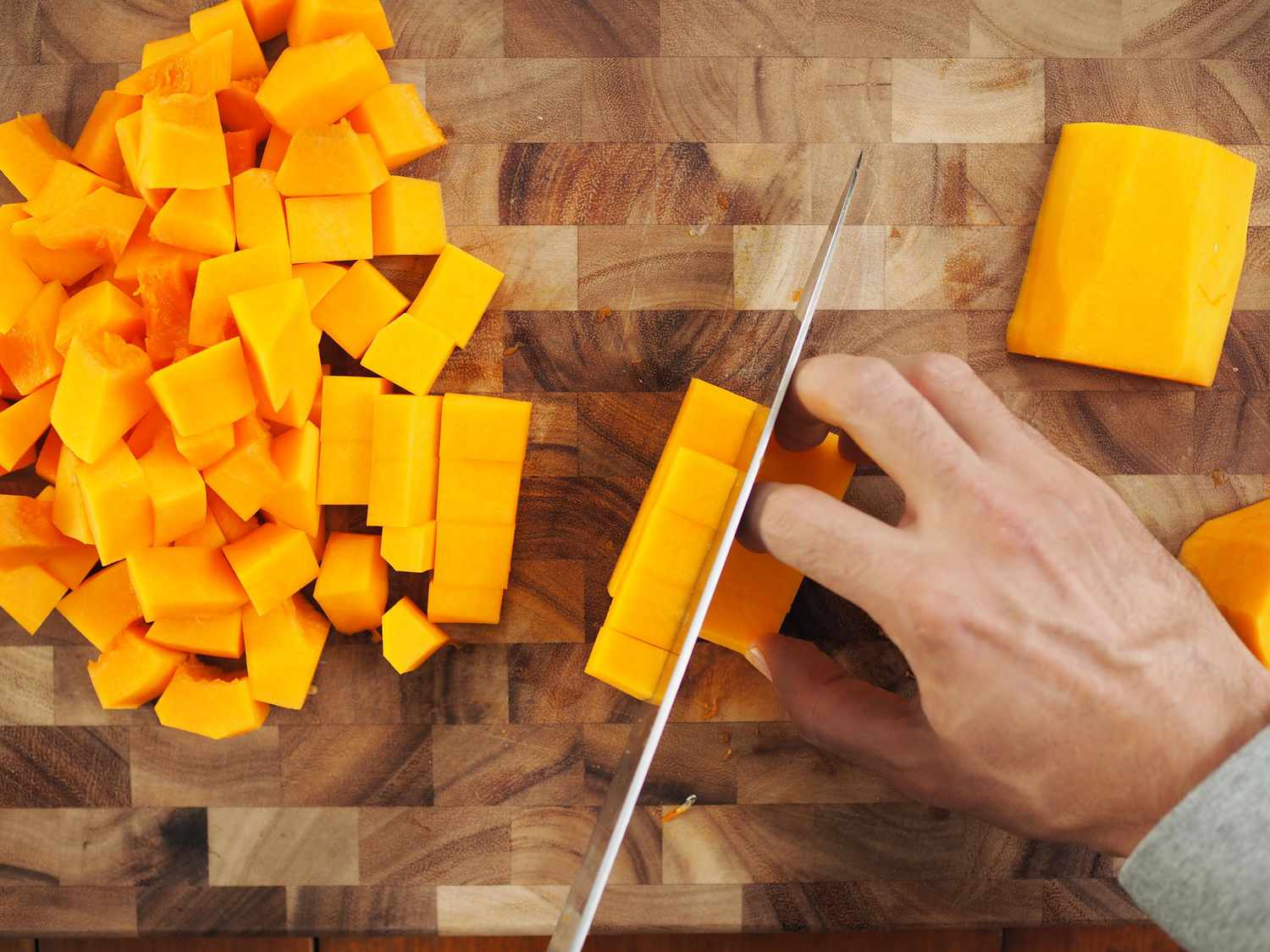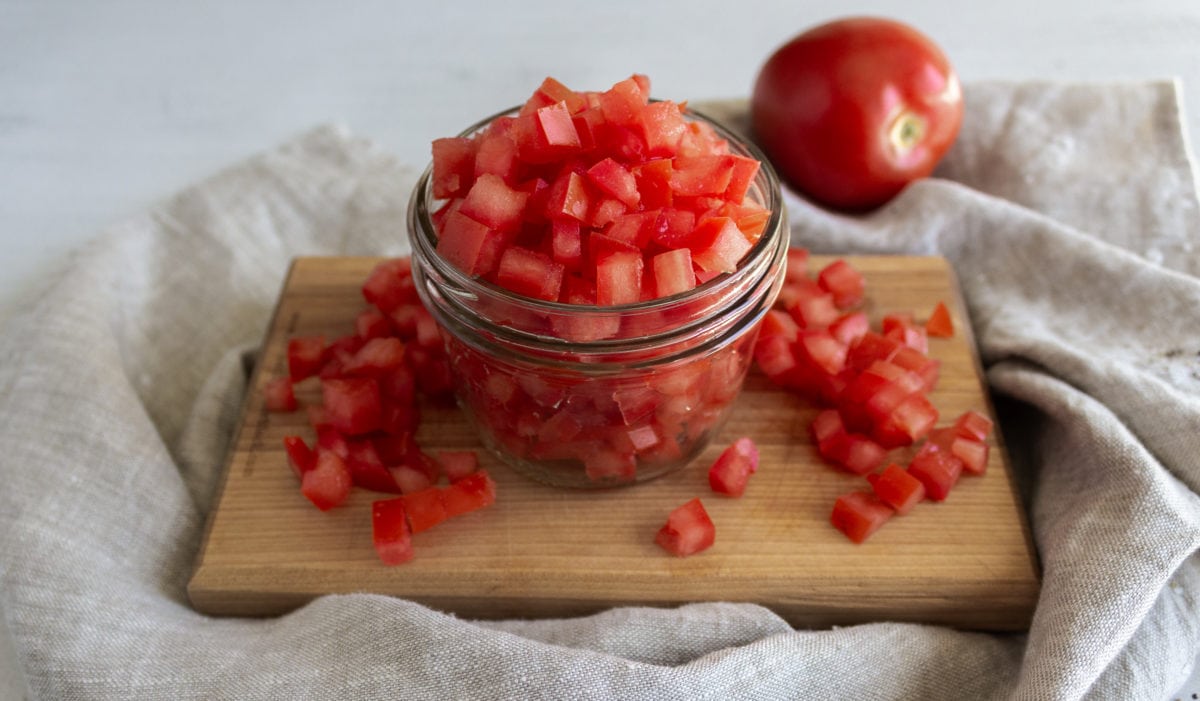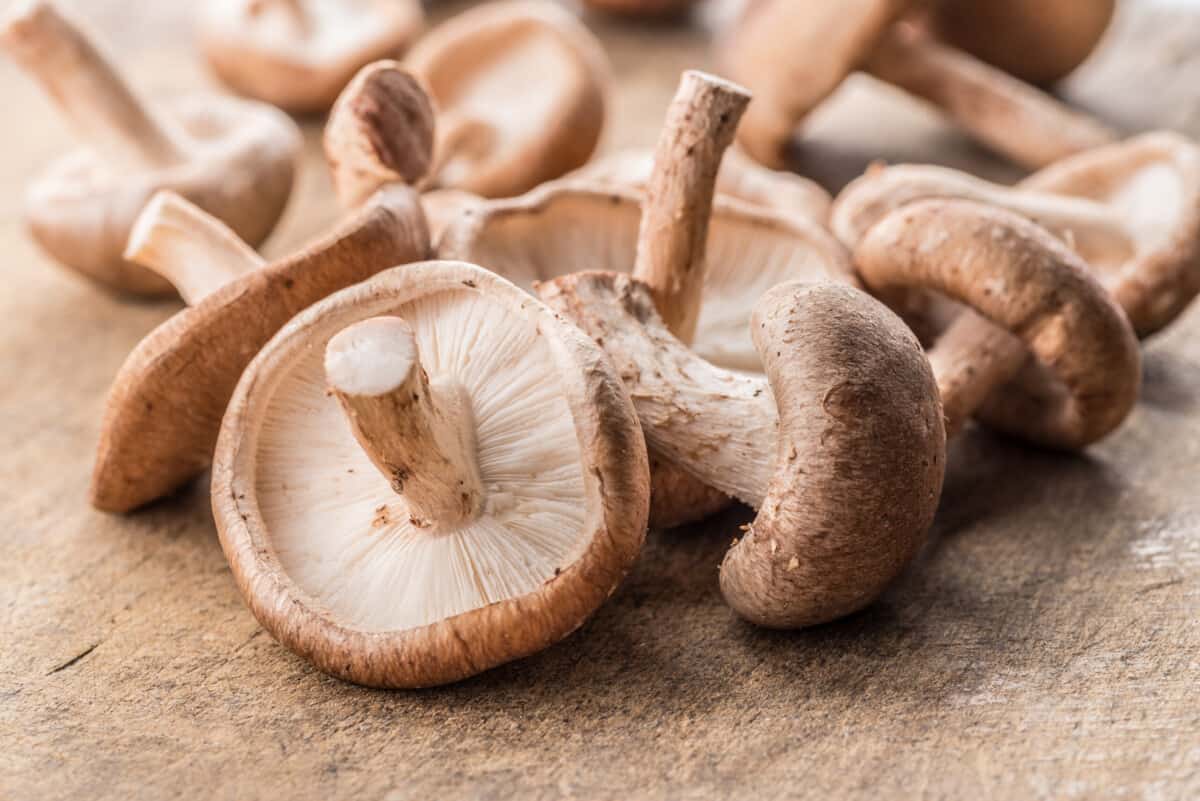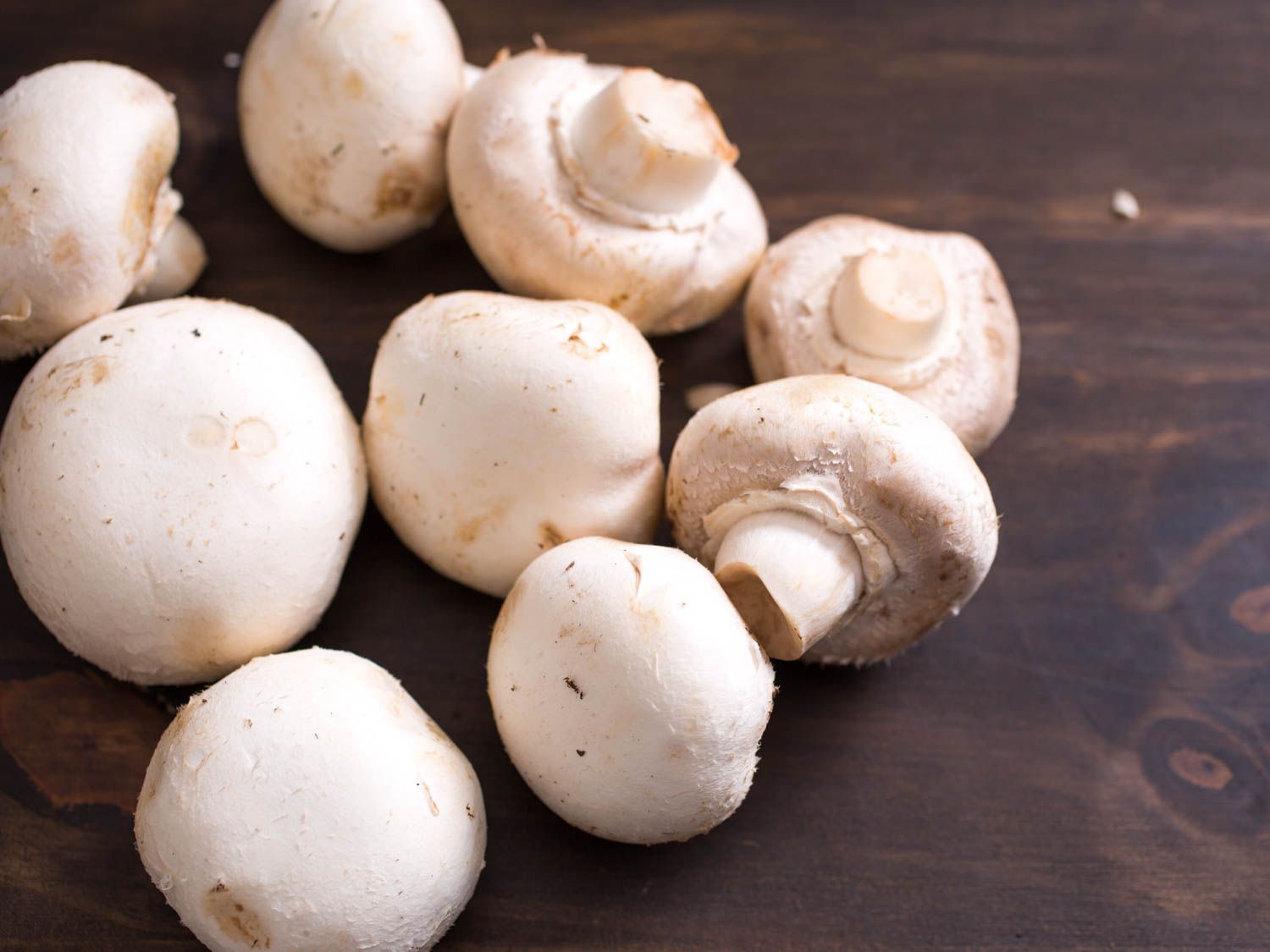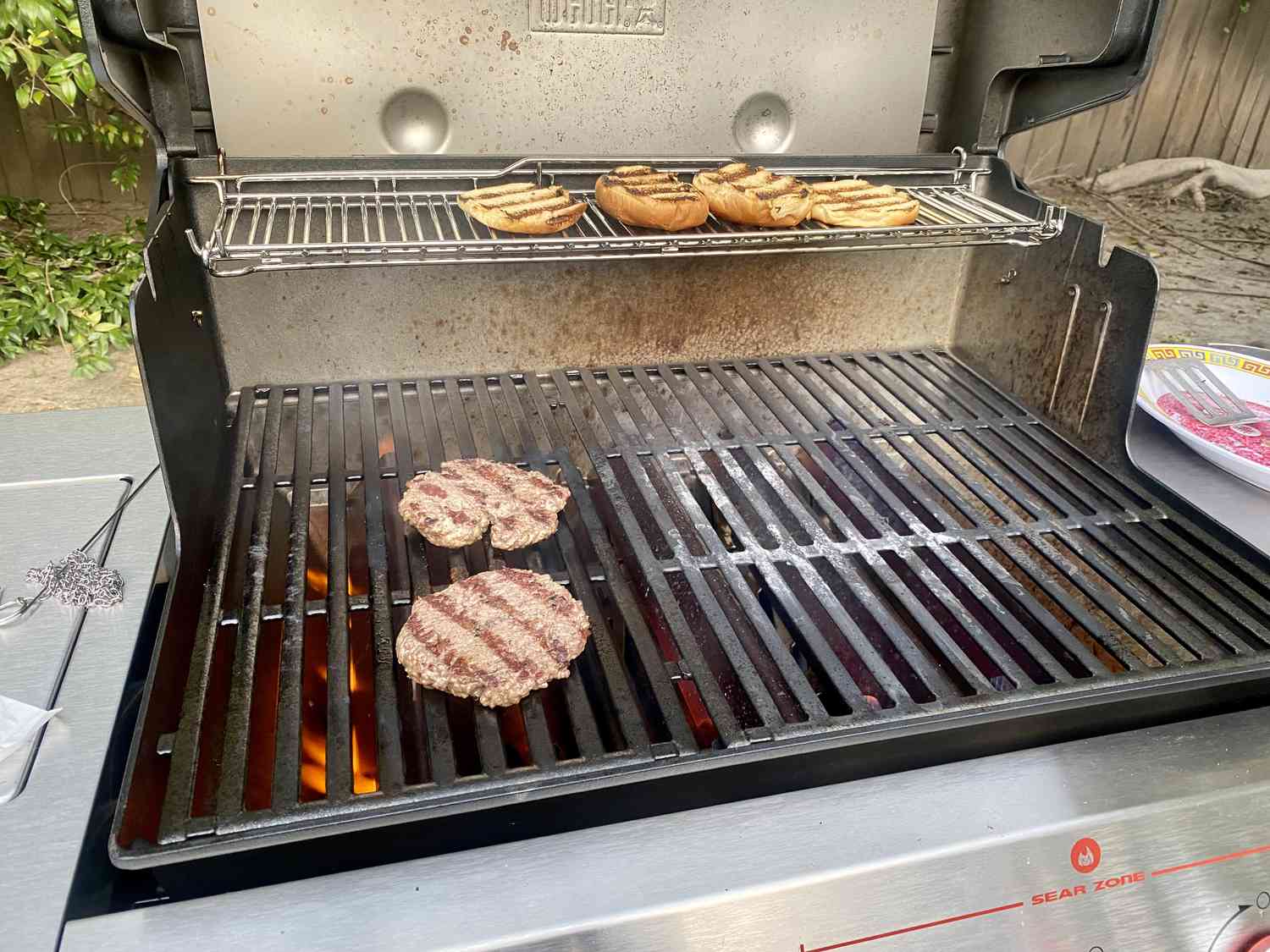Mastering the Art of Searing Beef with Oil
There’s nothing quite like the mouthwatering aroma and rich flavor of a perfectly seared piece of beef. Whether you’re cooking a juicy steak or preparing beef for a stir-fry, mastering the art of searing can take your culinary skills to the next level. Searing beef with oil is a fundamental cooking technique that can elevate the taste and texture of your dishes. In this guide, we’ll explore the ins and outs of searing beef with oil, from choosing the right cut to achieving that coveted golden crust.
Choosing the Right Cut of Beef
Before you begin the searing process, it’s important to select the right cut of beef. Look for cuts that are well-marbled with fat, such as ribeye, sirloin, or strip steak. The marbling not only adds flavor but also helps the beef stay tender and juicy during the searing process. Additionally, consider the thickness of the cut. Thicker steaks, around 1 to 1.5 inches, are ideal for searing as they allow for a nice crust to form while keeping the interior perfectly cooked.
Preparing the Beef
Prior to searing, it’s essential to prepare the beef to ensure optimal results. Start by patting the beef dry with paper towels to remove any excess moisture. This step is crucial as moisture on the surface of the beef can prevent a proper sear from forming. Next, season the beef generously with salt and pepper. The seasoning not only enhances the flavor of the beef but also contributes to the development of a delicious crust during the searing process.
Heating the Oil
When it comes to searing beef, choosing the right oil and heating it to the correct temperature are key factors in achieving a perfect sear. Opt for oils with high smoke points such as canola oil, grapeseed oil, or vegetable oil. These oils can withstand the high heat required for searing without burning or imparting off-flavors to the beef.
Heat a heavy-bottomed skillet or cast-iron pan over medium-high to high heat. Once the pan is hot, add a thin layer of oil and allow it to heat until it shimmers and easily coats the surface of the pan. The shimmering oil indicates that it’s hot enough to create a beautiful sear on the beef.
The Searing Process
Now that the beef is seasoned and the oil is hot, it’s time to start the searing process. Carefully place the beef into the hot skillet, ensuring that it makes full contact with the surface. Avoid overcrowding the pan, as this can lead to steaming rather than searing. For larger cuts, such as a steak, it’s crucial to sear each side evenly to develop a uniform crust.
Resist the urge to move or flip the beef too soon. Allow it to sear undisturbed for a few minutes to develop a golden-brown crust. Once the beef easily releases from the pan, it’s ready to be flipped. Use tongs to turn the beef and continue searing on the other side until it reaches the desired level of doneness.
Resting the Beef
After the beef has been seared to perfection, it’s important to allow it to rest before slicing and serving. Transfer the beef to a cutting board and let it rest for a few minutes. This resting period allows the juices to redistribute, resulting in a moist and flavorful end product.
Conclusion
Searing beef with oil is a simple yet essential cooking technique that can elevate the flavor and texture of your dishes. By selecting the right cut of beef, properly seasoning, and achieving a golden-brown crust, you can create mouthwatering meals that are sure to impress. So, the next time you’re in the kitchen, embrace the art of searing and take your beef dishes to new heights!
For anyone looking to master the art of searing beef, there are several recipes to try that perfectly align with the guide. The Perfectly Seared Ribeye Steak Recipe provides an excellent starting point with its straightforward approach to achieving a crispy, flavorful crust. For those who prefer a bit of a challenge, the Sear-Roasted Beef Tenderloin Recipe offers a sophisticated dish that's ideal for special occasions. To add a touch of international flair to your cooking, the Seared Beef and Broccoli Recipe delivers a quick, nutritious meal that's packed with vibrant flavors. If you're in the mood for something a bit more casual but equally delicious, the Seared Beef Tacos with Fresh Salsa Recipe are a fun way to enjoy the results of your searing skills. Finally, for a hearty, comforting dish, the Seared Beef and Sweet Potato Hash Recipe is perfect for any time of day. Each of these recipes highlights the importance of a good sear and showcases the versatility of this cooking technique.
